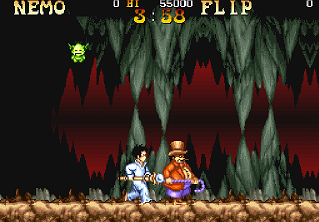A mummy is a deceased human or animal whose skin and organs have been preserved by either intentional or accidental expo
Read moreA mummy is a deceased human or animal whose skin and organs have been preserved by either intentional or accidental exposure to chemicals, extreme cold, very low humidity, or lack of air, so that the recovered body does not decay further if kept in cool and dry conditions. Some authorities restrict the use of the term to bodies deliberately embalmed with chemicals, but the use of the word to cover accidentally desiccated bodies goes back to at least 1615 AD. (See the section Etymology and meaning.)
Mummies of humans and other animals have been found on every continent, both as a result of natural preservation through unusual conditions, and as cultural artifacts. Over one million animal mummies have been found in Egypt, many of which are cats. (See: Animal mummy)
In addition to the well-known mummies of Ancient Egypt, deliberate mummification was a feature of several ancient cultures in areas of South America and Asia which have very dry climates. The oldest known deliberate mummy is a child, one of the Chinchorro mummies found in the Camarones Valley, Chile, which dates around 5050 BCE. The oldest known naturally mummified human corpse is a severed head dated as 6,000 years old, found in 1936 CE at the site named Inca Cueva No. 4 in South America.












